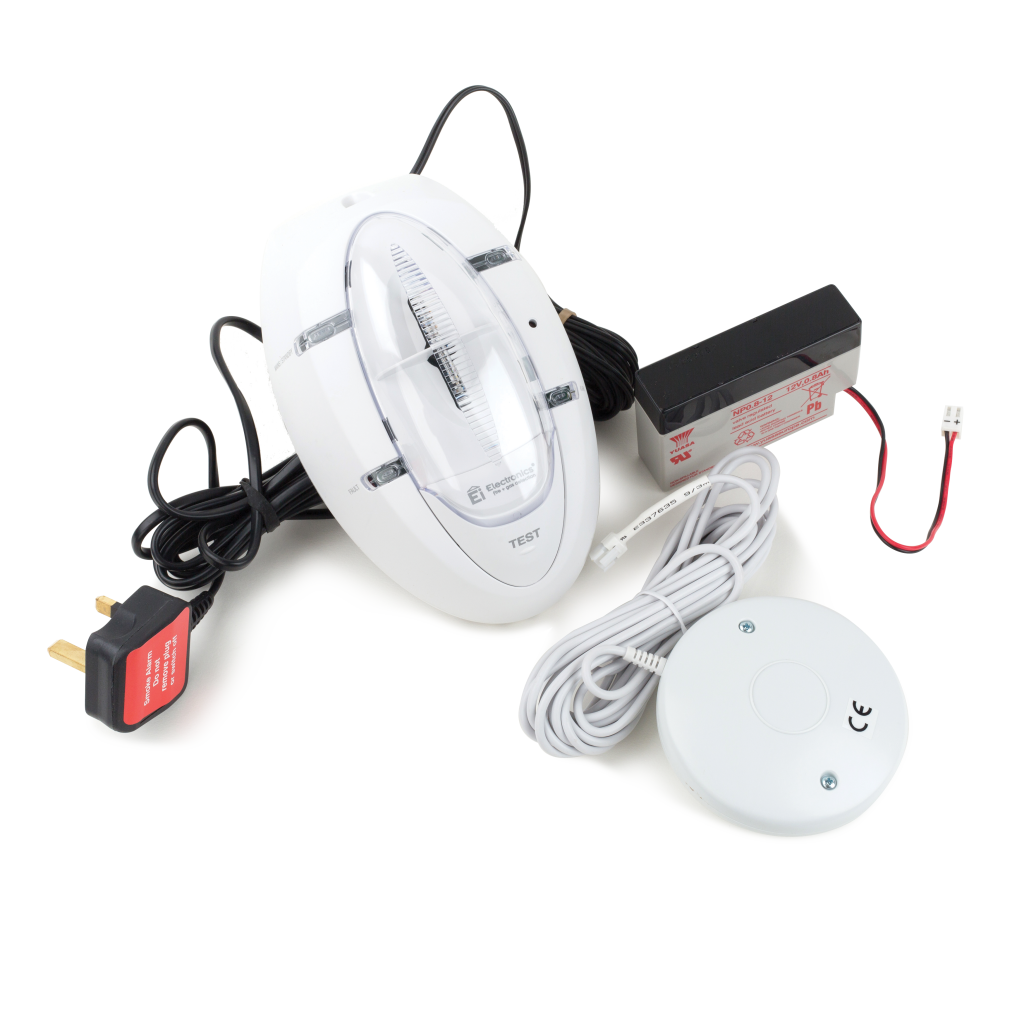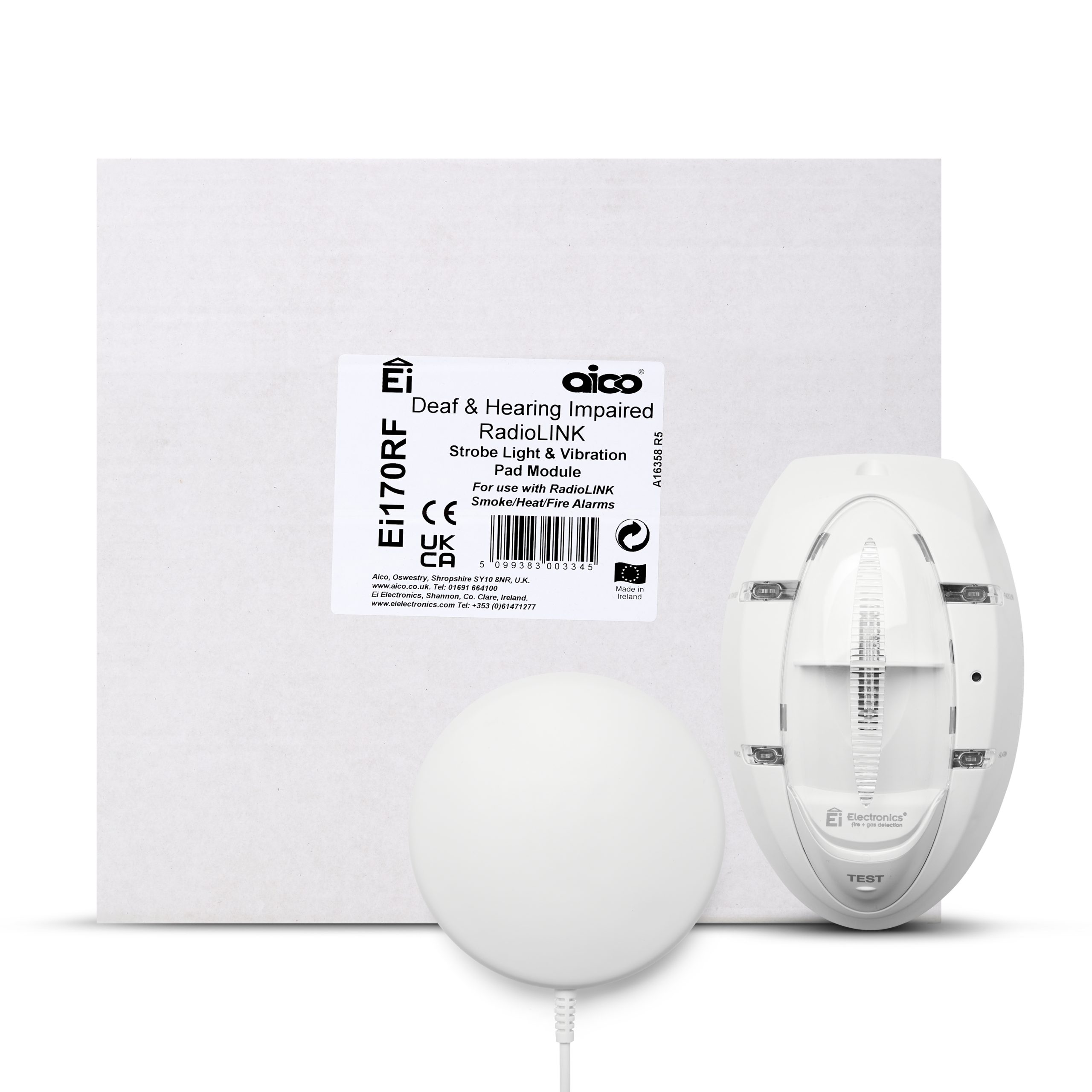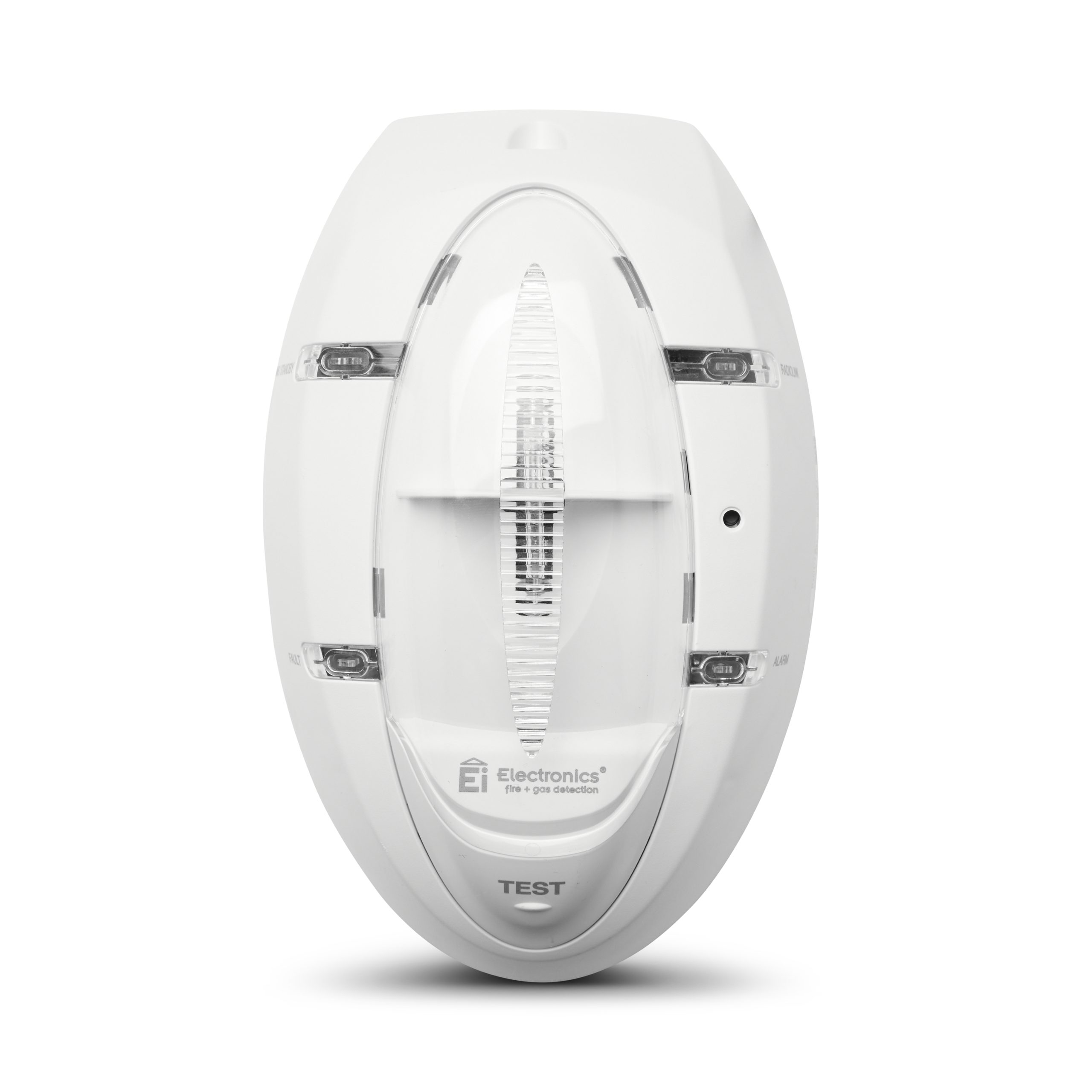Ensuring Fire Safety for the Deaf and Hard of Hearing Community

Ensuring fire safety for every individual is paramount. According to recent statistics, as many as 12 million adults in the UK, or – one in five – live with deafness, hearing loss, or tinnitus. (RNID.org.uk) In the event of a fire, communication barriers can significantly impact the ability of deaf or hard-of-hearing individuals to detect and respond to the threat, making it crucial to implement specialised measures to safeguard their safety.
BS 5839-6: Addressing the Needs of Deaf and Hard of Hearing Individuals
One crucial aspect of fire safety for the deaf and hard of hearing is the implementation of a fire risk assessment as recommended by BS 5839-6. These assessments evaluate the specific needs and risks associated with individuals who are deaf or hard of hearing. Fire risk assessments play a vital role in mitigating risks and enhancing overall safety by identifying potential hazards, recommending appropriate alarm systems, and outlining evacuation procedures tailored to their needs.
BS 5838-6, the British Standard for fire detection and fire alarm systems in dwellings, provides valuable guidance for addressing the unique needs of individuals with hearing impairments. In section 14.1 it states;
It emphasises the importance of installing visual alert devices alongside audible alarms to ensure that individuals who rely on visual cues are promptly notified in case of a fire or carbon monoxide emergency. These visual alerts, such as strobe lights or vibrating devices, serve as effective alternatives to traditional audible alarms and help bridge the communication gap for the deaf or hard of hearing.

Deaf alarm kits are another essential component of fire safety measures, designed to cater to the unique requirements of individuals with hearing impairments. These kits typically include a combination of visual alert devices, vibrating pads, and other visual indicators. By incorporating these technologies into the critical life safety system, it becomes possible to provide timely and effective notifications to deaf or hard-of-hearing individuals during fire emergencies, enabling prompt evacuation and minimising the risk of injury or loss of life.
Education and Awareness: Empowering the Community
Raising awareness and promoting education within the deaf and hard of hearing community is crucial for fostering a proactive approach to fire safety. Empowering individuals with knowledge about fire prevention strategies, emergency response protocols, and the importance of maintaining and testing functional alarm systems, can significantly enhance their ability to protect themselves and their loved ones from fire hazards.
The fire and rescue service has a text messaging service for those who are unable to make voice calls. This allows them to text an emergency call to any of the UK’s emergency services. To do this they should text ‘register’ to 999 and then follow the instructions received. For further information visit www.emergencysms.net
Building a Safer Future: A Multi-faceted Approach
Ensuring fire safety for individuals who are deaf or hard of hearing requires a multi-faceted approach that encompasses fit-for-purpose alarm systems, comprehensive risk assessments, and community education initiatives. By prioritising inclusivity, and a customer-focused approach alongside the implementation of tailored solutions, we can create safer environments where every individual, regardless of their hearing abilities, can effectively respond to fire emergencies and safeguard their well-being.
Find out more about fire alarm accessories for the deaf and hard of hearing: www.aico.co.uk/product/ei170rf-radiolink-alarm-kit-for-the-deaf-hard-of-hearing/






